Denham Lathe Restoration
| Chris Blight | 07/06/2022 22:02:12 |
| 19 forum posts 8 photos | Hi everyone. My first posting apart from the newbie thing. I'm not a model engineer, but I am an engineer; my tastes tend toward the watchmaking side of things at the moment. Up until now I have been using my boss' machines at work to make my parts, and although that will still continue to be the case (at least in the short term) I have been looking to guy myself a machine or two so I can work at home a little. I don't have much money to play with so I ended up buying a much older lathe than I had initially wanted, and also very much in need of a makeover. I bought a Denham MKII. I'm posting some photos of the lathe before restoration. Actually, the machine is already in pieces, albeit in larger pieces in some cases. Unfortunately there are issues with the machine; missing plaques, play in the shaft holding the end gear, a very worn cross slide shaft nut, among other things.
The motor has a date on it of 1939, not sure if this is the date of the motor build or the machine build, it's one of the few plaques still in place. I did check that everything worked before parting company with my hard earned but knew that work had to be done as there was backlash present, although the vee slides were pretty smooth. You don't get much for your money in the machine tool world. Now that I have the cross slide and top slide completely disassembled, and seeing the need for a new cross slide nut, I have been looking for a tap to create a new nut with. There don't seem to be any. The shaft is an older style Imperial square form thread and I can't find any taps out there so far. Any help on this would be appreciated. I do have a pdf manual though, so that's a bonus. Apart from that there don't seem to be any spare parts out there or, for that matter, many Denham lathes full stop. Perhaps there are a few here. Anyway, will post some pics of the disassembled slides soon and the weirdest looking shaft nuts I've seen yet. Kris. |
| Nigel Graham 2 | 07/06/2022 22:24:43 |
| 3293 forum posts 112 photos | The cross-slide shaft is definitely square not Acme thread? Rare now, probably, but try someone like Tracy Tools who do stock ACME tools. If you need replace both, if you can't obtain a square-thread tap, I'd suggest trying someone like HPC Gears, from whom I bought a length of 3/4" LH ACME rod to make a new leadscrew for my Myford lathe.
|
| Chris Blight | 07/06/2022 22:36:32 |
| 19 forum posts 8 photos | Yes, definitely square. I can get lengths of Trapezoidal threads quite easily. My cross slide shaft has a gear on it that is actually part of the shaft, not pinned or locked on in any other fashion. I guess I could splice part of the present shaft with the new Trap thread, although that isn't ideal really. |
| AJAX | 07/06/2022 22:43:15 |
| 433 forum posts 42 photos | The "motor date" probably refers to the British Standard, bss170:1939 and not the date of manufacture. |
| Nigel Graham 2 | 07/06/2022 23:35:05 |
| 3293 forum posts 112 photos | OK: I might be able to help if you can quote the diameter, pitch and hand; but I can't promise anything! Otherwise it looks as if you might need screw-cut a new nut on whatever other lathe to which you have access. |
| Ashley Slater 1 | 08/06/2022 18:13:38 |
| 11 forum posts | I think Bede Tools in Jarrow had a Denham in stock when I last visited a few weeks ago, looked to be a good machine don’t think it was that expensive either.
|
| David George 1 | 08/06/2022 18:28:12 |
2110 forum posts 565 photos | Hi Chris I have made a crossslide nut for my M Type Drummond lathe. It's made from Phosphor Bronze and I had to make a tap to finnish the thread. I made it from silver steel which I turned, screw cut cut the cutting edges on a mill then harden and tempered it. The nut had to be screw cut first to remove most of the material as the tap was only a finnishing tap. The thread was 1/2 inch dia. by 0.125 pitch.
David
|
| Chris Blight | 09/06/2022 09:16:49 |
| 19 forum posts 8 photos | Posted by David George 1 on 08/06/2022 18:28:12:
Hi Chris I have made a crossslide nut for my M Type Drummond lathe. It's made from Phosphor Bronze and I had to make a tap to finnish the thread. I made it from silver steel which I turned, screw cut cut the cutting edges on a mill then harden and tempered it. The nut had to be screw cut first to remove most of the material as the tap was only a finnishing tap. The thread was 1/2 inch dia. by 0.125 pitch.
David
Looks very nice work there, David. It very much looks as if my screw is also worn so am looking at options regarding that. Probably I will replace the thread part only with an ACME thread bar. Will have to look at suppliers of that here in the UK, although Roton do that a lot and some bar and one nut, with postage, is around 115 pounds, what the added duty would be on that I'm not sure. |
| Chris Blight | 09/06/2022 09:28:43 |
| 19 forum posts 8 photos | Posted by Nigel Graham 2 on 07/06/2022 22:24:43:
The cross-slide shaft is definitely square not Acme thread? Rare now, probably, but try someone like Tracy Tools who do stock ACME tools. If you need replace both, if you can't obtain a square-thread tap, I'd suggest trying someone like HPC Gears, from whom I bought a length of 3/4" LH ACME rod to make a new leadscrew for my Myford lathe.
Thanks for the link, will check them. It does seem that my screw is also worn, so will need replacing. |
| Chris Blight | 09/06/2022 12:32:56 |
| 19 forum posts 8 photos | I'm curious about my cross slide lead screw. It's a two start thread, is there any reason why they would have a two start for a lead screw? |
| Phil Whitley | 09/06/2022 18:32:53 |
1533 forum posts 147 photos | Posted by Chris Blight on 09/06/2022 12:32:56:
I'm curious about my cross slide lead screw. It's a two start thread, is there any reason why they would have a two start for a lead screw? I would have thought that It would double the area of wear surfaces and prolong the accurate life of the thread. |
| Andy Stopford | 09/06/2022 19:11:05 |
| 241 forum posts 35 photos | There's a fellow who advertises manufacture of new feed screws and nuts on Lathes.co.uk: http://www.lathes.co.uk/page3.html/ just after the row of asterisks. |
| Chris Blight | 09/06/2023 16:33:14 |
| 19 forum posts 8 photos | Posted by Phil Whitley on 09/06/2022 18:32:53:
Posted by Chris Blight on 09/06/2022 12:32:56:
I'm curious about my cross slide lead screw. It's a two start thread, is there any reason why they would have a two start for a lead screw? I would have thought that It would double the area of wear surfaces and prolong the accurate life of the thread. You may be right there, doesn't seem to be any other reason for it.
|
| Chris Blight | 09/06/2023 16:34:31 |
| 19 forum posts 8 photos | Posted by Andy Stopford on 09/06/2022 19:11:05:
There's a fellow who advertises manufacture of new feed screws and nuts on Lathes.co.uk: http://www.lathes.co.uk/page3.html/ just after the row of asterisks. Thanks, but I bought a length of ACME thread and will splice it with the lead screw at some point. I also have a tap and plenty of Bronze here to make the nut from.
|
| Chris Blight | 09/06/2023 16:59:13 |
| 19 forum posts 8 photos |
Is it part of the original machine? If it is any idea what the lettering on the plaque means?
|
| Chris Blight | 09/06/2023 17:04:05 |
| 19 forum posts 8 photos | Plus, any ideas where I might find the plaques that fit on various parts of the Denham? I think I might have 1, that's all, the rest are MIA. |
| SillyOldDuffer | 09/06/2023 18:11:04 |
| 10668 forum posts 2415 photos | Posted by Chris Blight on 09/06/2023 16:59:13:
... Is it part of the original machine? If it is any idea what the lettering on the plaque means?
Not part of the original machine. Likely an asset or inventory number. An interesting possibility is the lathe was fitted to a ship sometime during or after WW2. Shipbuilders worked with Yard Numbers, not names, because names were were allocated later by owners. (The Titanic was Harland and Wolff Yard No 401, and the QE2 was John Brown Yard No 736. ) Most vessels of any size had a decent on-board workshop, and a lathe was essential. The 1939 date on the motor refers to British Standard 170, not when the motor or lathe was made. No matter - the machine is still approximately of WW2 vintage. Dave |
| duncan webster | 09/06/2023 18:25:03 |
| 5307 forum posts 83 photos | Posted by Phil Whitley on 09/06/2022 18:32:53:
Posted by Chris Blight on 09/06/2022 12:32:56:
I'm curious about my cross slide lead screw. It's a two start thread, is there any reason why they would have a two start for a lead screw? I would have thought that It would double the area of wear surfaces and prolong the accurate life of the thread. Don't see why number of starts makes any dufference |
| Chris Blight | 09/06/2023 19:35:35 |
| 19 forum posts 8 photos | Posted by duncan webster on 09/06/2023 18:25:03:
Posted by Phil Whitley on 09/06/2022 18:32:53:
Posted by Chris Blight on 09/06/2022 12:32:56:
I'm curious about my cross slide lead screw. It's a two start thread, is there any reason why they would have a two start for a lead screw? I would have thought that It would double the area of wear surfaces and prolong the accurate life of the thread. Don't see why number of starts makes any dufference No, it probably doesn't. I guess I was just curious as to why, even doing my job as an engineer I don't see many multi- start threads. |
| Chris Blight | 09/06/2023 20:06:27 |
| 19 forum posts 8 photos | Posted by SillyOldDuffer on 09/06/2023 18:11:04:
Posted by Chris Blight on 09/06/2023 16:59:13:
... Is it part of the original machine? If it is any idea what the lettering on the plaque means?
Not part of the original machine. Likely an asset or inventory number. An interesting possibility is the lathe was fitted to a ship sometime during or after WW2. Shipbuilders worked with Yard Numbers, not names, because names were were allocated later by owners. (The Titanic was Harland and Wolff Yard No 401, and the QE2 was John Brown Yard No 736. ) Most vessels of any size had a decent on-board workshop, and a lathe was essential. The 1939 date on the motor refers to British Standard 170, not when the motor or lathe was made. No matter - the machine is still approximately of WW2 vintage. Dave Thanks for the information. Very interesting if it was on board a ship, adds to the history of it. I figured, given what you and others have said here, that it started life around the WW2 era and I'm curious as to the history of it all. Any help with the plaques etc would also be a help. Not sure how I might go about making those things from scratch, it would be a lot of work regardless.
An update on the restoration. I was packing most of the parts away until I was able to give more time to it, but then found the head sitting there, way too heavy to lift and to awkward to park on a shelf with the limited equipment, so decided to start restoring it instead. Took everything apart, spindle, pulley shaft, inter shaft, gears etc...cleaned the casting down, stripped off the bearings (7 - 4 BB, 1 Roller, and 2 Angular Contact) , and found them all worn like a bag of nails. It seems that they were the original bearings; Hoffman and R&M, British manufacture, expensive at the time I would guess, given that if you can find them they are very expensive now. Hoffman and R&M got bought by RHP, which is now part of NSK, such are the machinations of the corporate world. Anyway, having bought a couple of bearings I'm finding that the sizes are slightly larger; 0.0005" on the OD's and a little less on the ID's. 1/2 a thou is usually the preference for interference fit on bearings so decided to measure the bores on the head to find out what I was working with, found some surprising results, bores smaller than I expected. So, will have to grind the OD's of the new bearings so they fit properly, which isn't as much of a problem as it is a PITA, and timer consuming, but not as bad as re-boring the head. At least you can buy Imperial bearings these days, or the metric equivalents. Just can't afford to buy RHP bearings for all the replacements. Will probably buy NKE for the AC spindle bearings but even they are £60 at least for one. I have bought one Hoffman bearing so I could check the size of it, just to make sure the size difference wasn't because it was an old British bearing. I wonder if bearing fits/tolerances were different back in the day, maybe that's why I'm seeing different sizes, or they built the head and shafts around the bearing sizes they had then. Some of the bearings did have their sizes etched on them.
I've re-sprayed the head casting and decided that the handles were getting a coat of paint as well, as they were badly corroded. Still working on some aspects of the spraying process and haven't got all the photos of it yet, but promise they are coming.
The plaque I asked about before I took off while I was looking at the bed and stand. I'm also going to restore that so it gives me somewhere to put the head when it's finished.
|
Please login to post a reply.
Want the latest issue of Model Engineer or Model Engineers' Workshop? Use our magazine locator links to find your nearest stockist!
Sign up to our newsletter and get a free digital issue.
You can unsubscribe at anytime. View our privacy policy at www.mortons.co.uk/privacy
- *Oct 2023: FORUM MIGRATION TIMELINE*
05/10/2023 07:57:11 - Making ER11 collet chuck
05/10/2023 07:56:24 - What did you do today? 2023
05/10/2023 07:25:01 - Orrery
05/10/2023 06:00:41 - Wera hand-tools
05/10/2023 05:47:07 - New member
05/10/2023 04:40:11 - Problems with external pot on at1 vfd
05/10/2023 00:06:32 - Drain plug
04/10/2023 23:36:17 - digi phase converter for 10 machines.....
04/10/2023 23:13:48 - Winter Storage Of Locomotives
04/10/2023 21:02:11 - More Latest Posts...
- View All Topics
- Reeves** - Rebuilt Royal Scot by Martin Evans
by John Broughton
£300.00 - BRITANNIA 5" GAUGE James Perrier
by Jon Seabright 1
£2,500.00 - Drill Grinder - for restoration
by Nigel Graham 2
£0.00 - WARCO WM18 MILLING MACHINE
by Alex Chudley
£1,200.00 - MYFORD SUPER 7 LATHE
by Alex Chudley
£2,000.00 - More "For Sale" Ads...
- D1-3 backplate
by Michael Horley
Price Not Specified - fixed steady for a Colchester bantam mark1 800
by George Jervis
Price Not Specified - lbsc pansy
by JACK SIDEBOTHAM
Price Not Specified - Pratt Burnerd multifit chuck key.
by Tim Riome
Price Not Specified - BANDSAW BLADE WELDER
by HUGH
Price Not Specified - More "Wanted" Ads...
Do you want to contact the Model Engineer and Model Engineers' Workshop team?
You can contact us by phone, mail or email about the magazines including becoming a contributor, submitting reader's letters or making queries about articles. You can also get in touch about this website, advertising or other general issues.
Click THIS LINK for full contact details.
For subscription issues please see THIS LINK.
Model Engineer Magazine
- Percival Marshall
- M.E. History
- LittleLEC
- M.E. Clock
ME Workshop
- An Adcock
- & Shipley
- Horizontal
- Mill
Subscribe Now
- Great savings
- Delivered to your door
Pre-order your copy!
- Delivered to your doorstep!
- Free UK delivery!

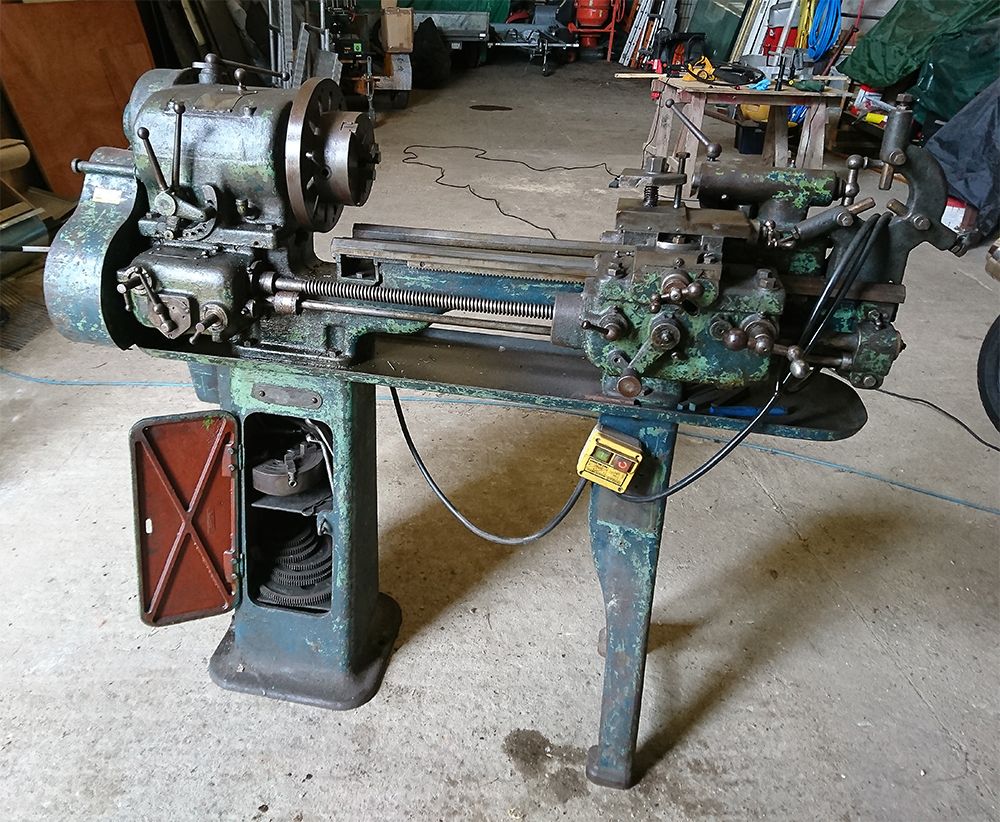
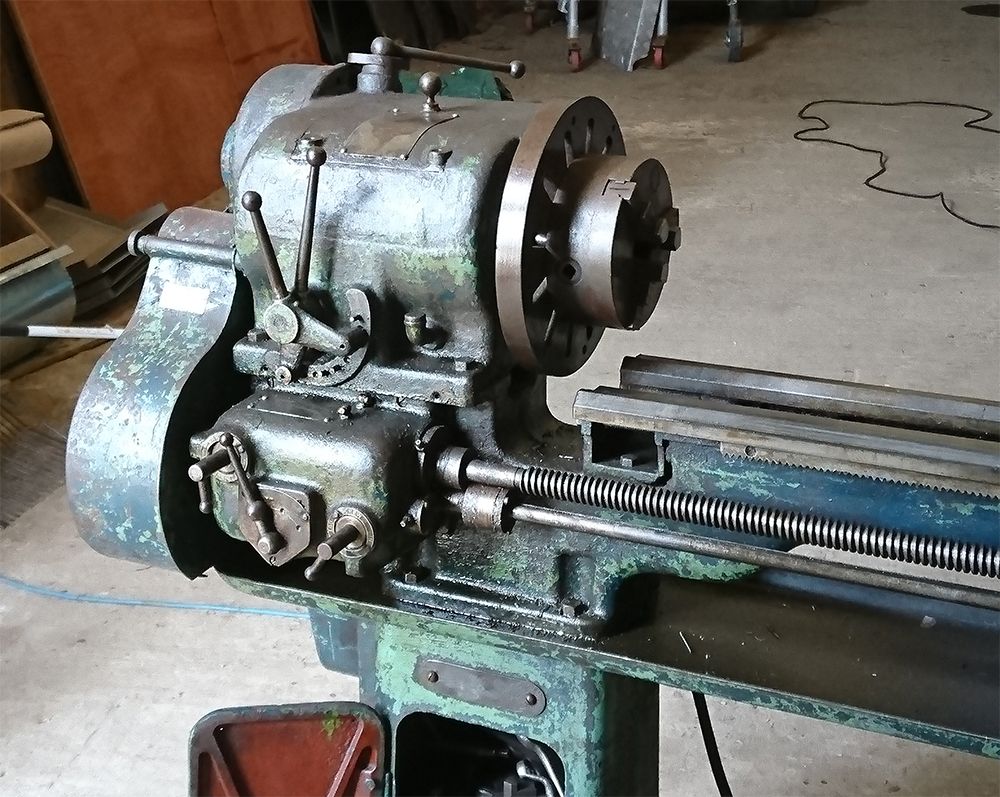





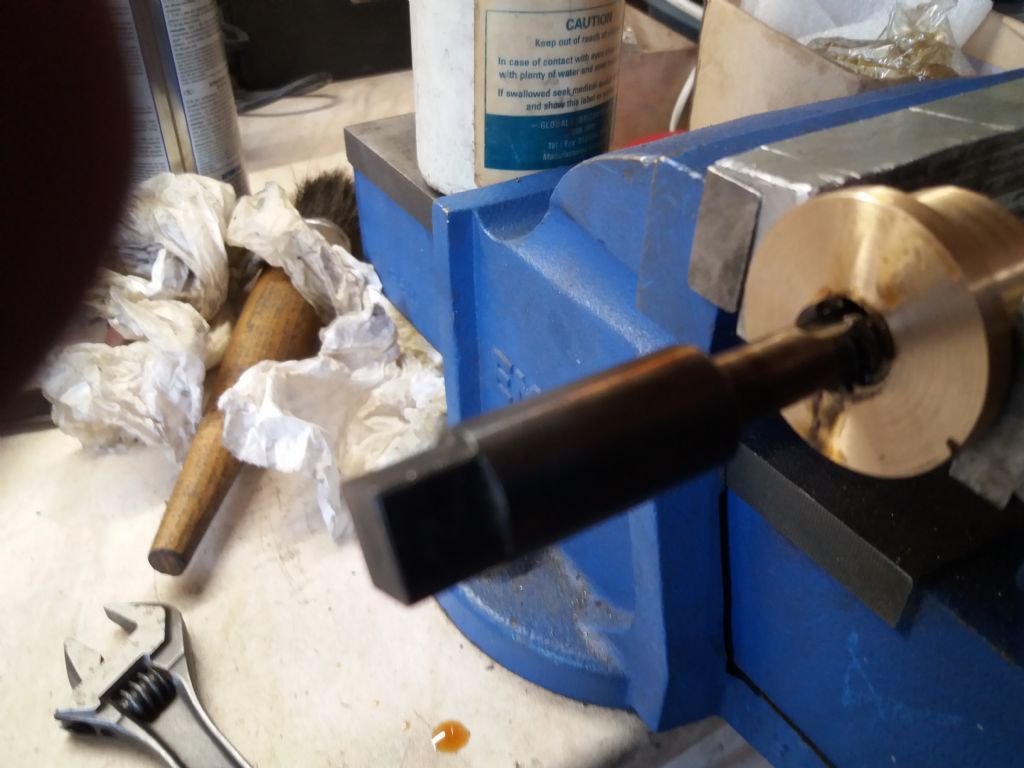
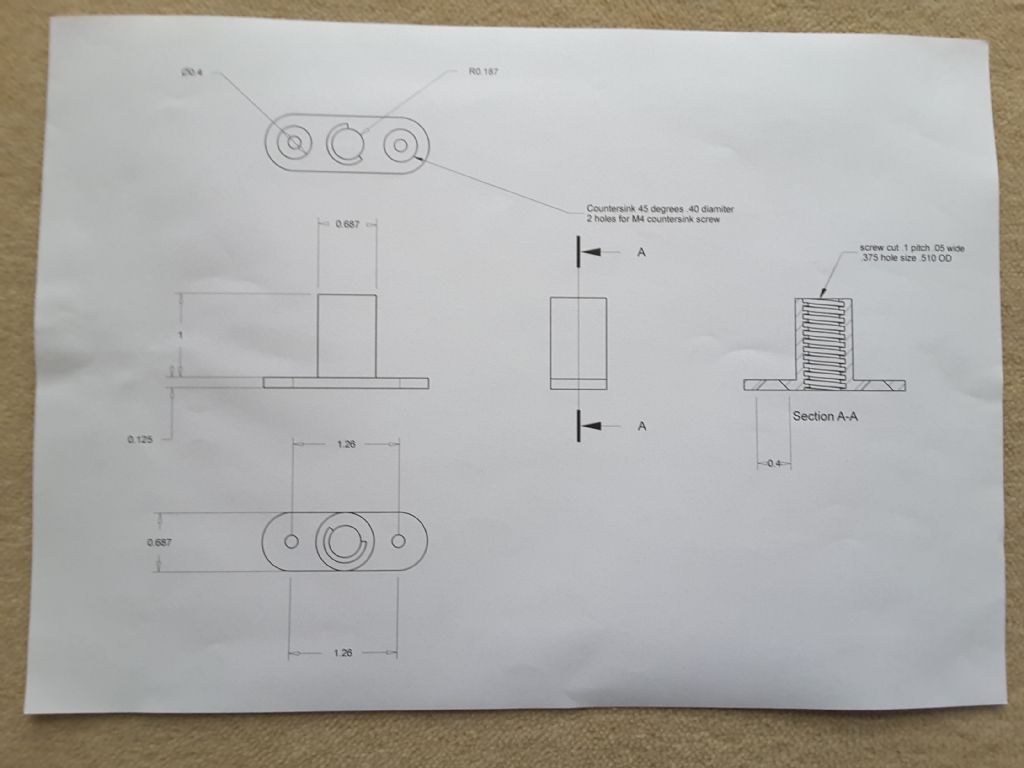
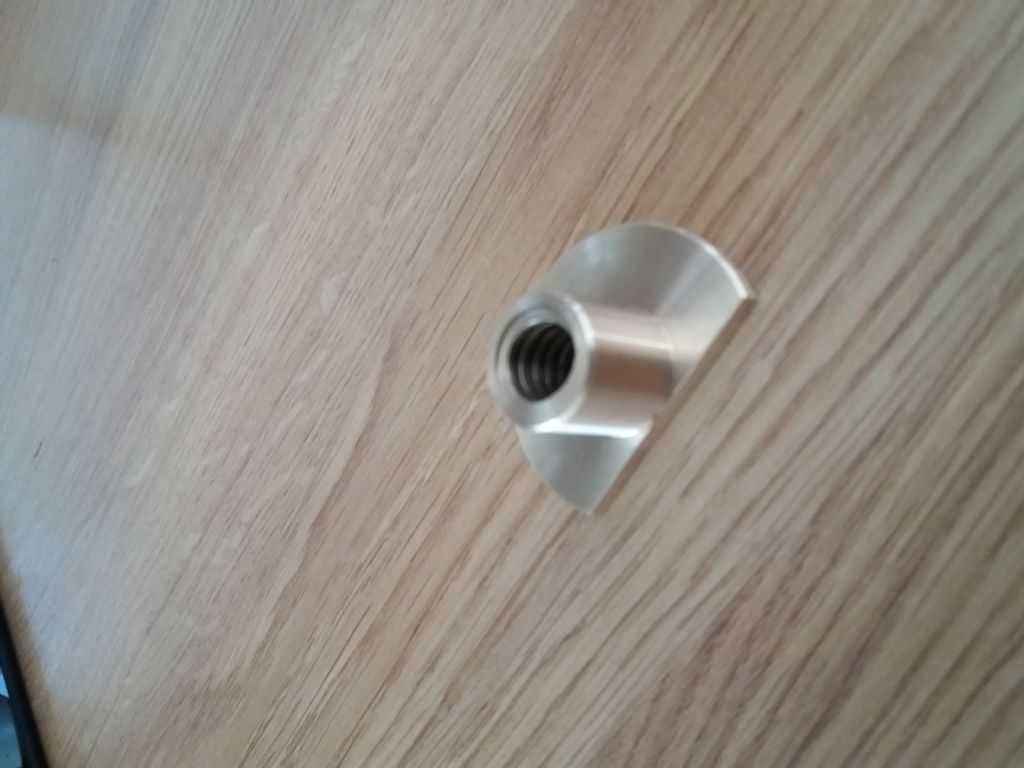
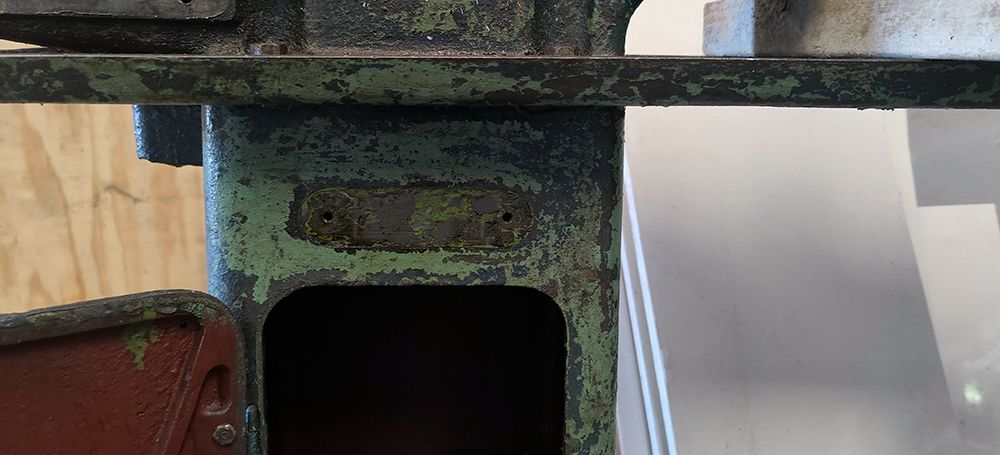










 Register
Register Log-in
Log-in


